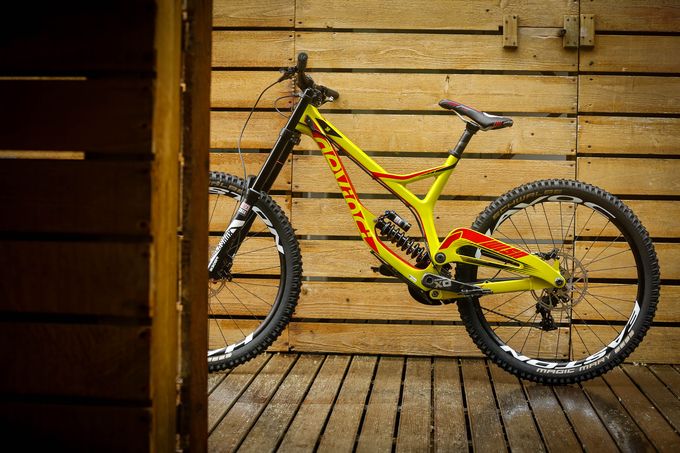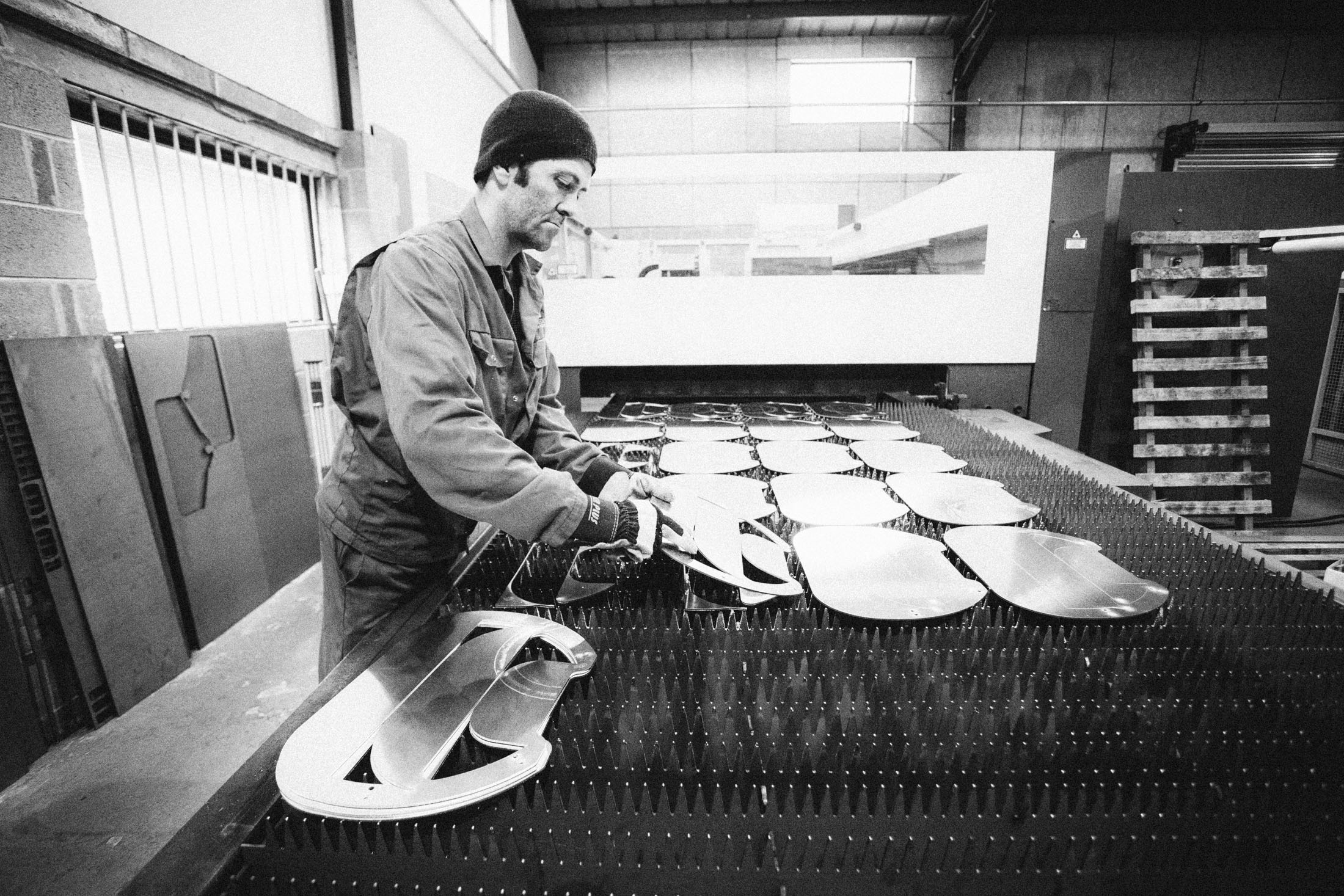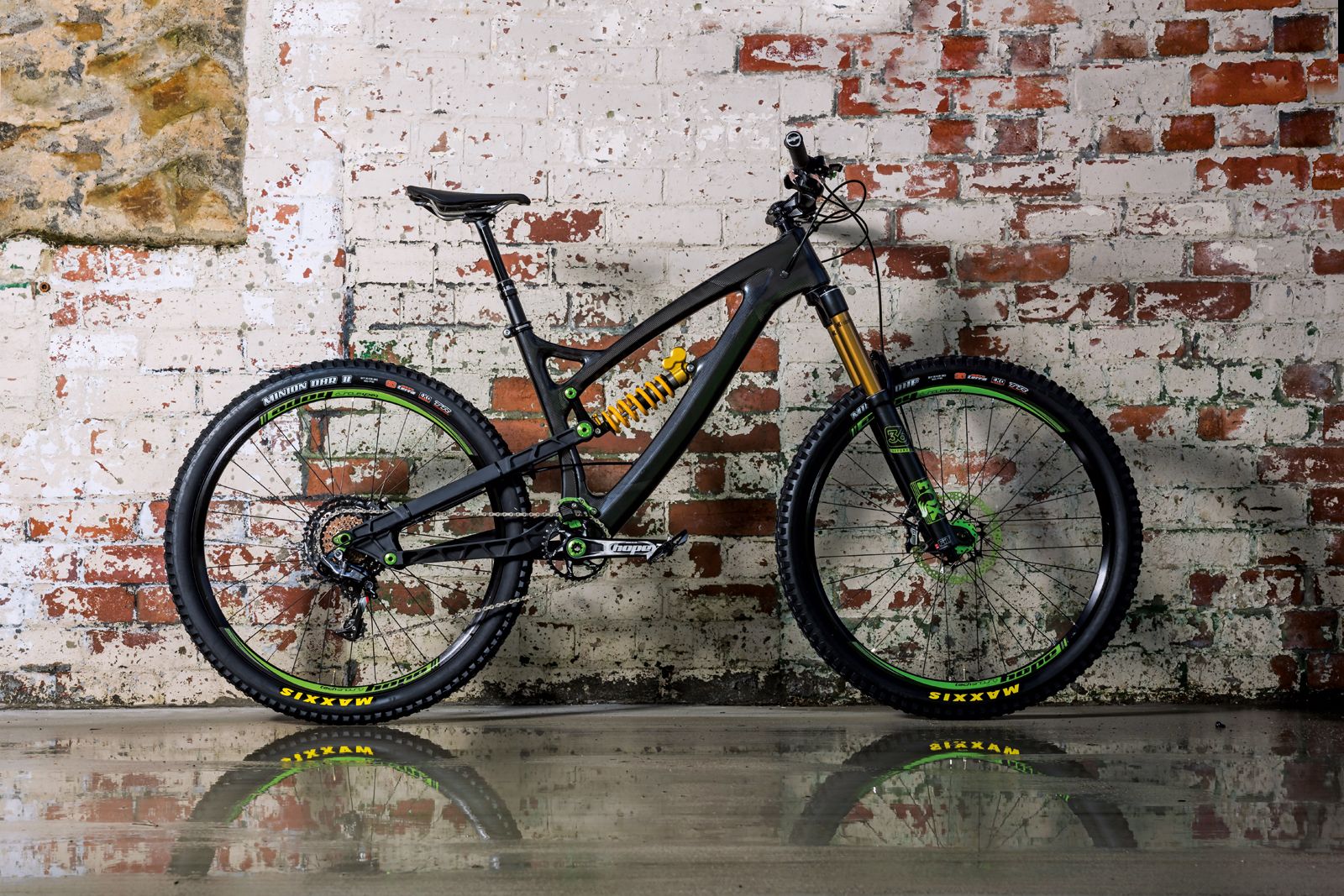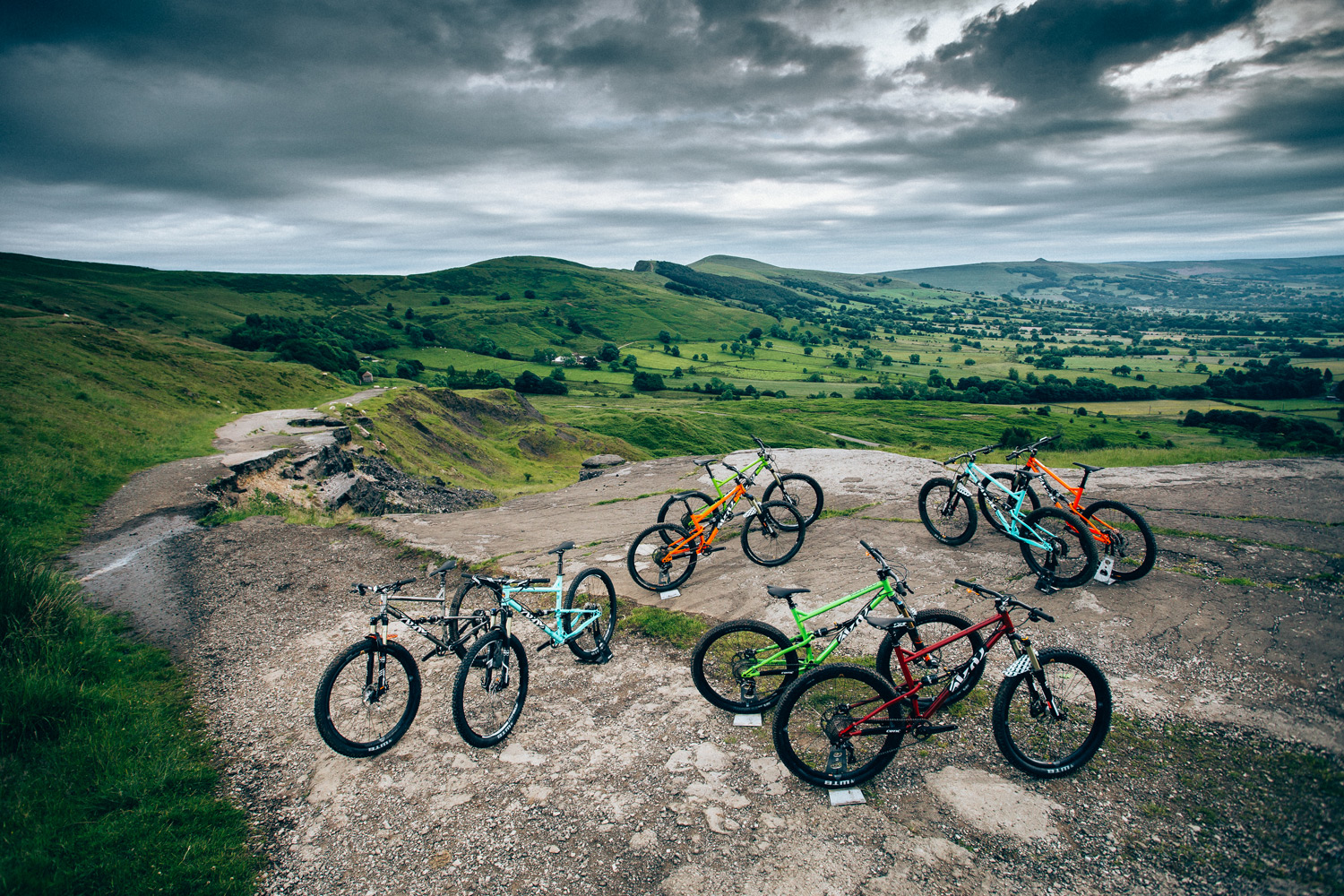There are two main frame materials you will encounter when deciding to buy a mountain bike – carbon and aluminium. Most of the bikes ridden at World Cup/Enduro World Series level will be carbon (although it isn’t ubiquitous) but it would be simplistic, and maybe even wrong, to say that carbon is objectively better. Let’s take a look at the advantages and disadvantages of each material.
Aluminium
When we say aluminium we don’t mean pure aluminium but a mixture of 95-98 per cent aluminium with a few other metals thrown in – this is why you may see it referred to as alloy. The most common alloy used in mountain biking is 6061 as it is highly weldable – although each company has its own ‘unique’ name for it. Orange Bikes are an example of a brand with a long history in aluminium, with their full-suspension frames such as the Five, Alpine and 324 still being manufactured here in the UK.
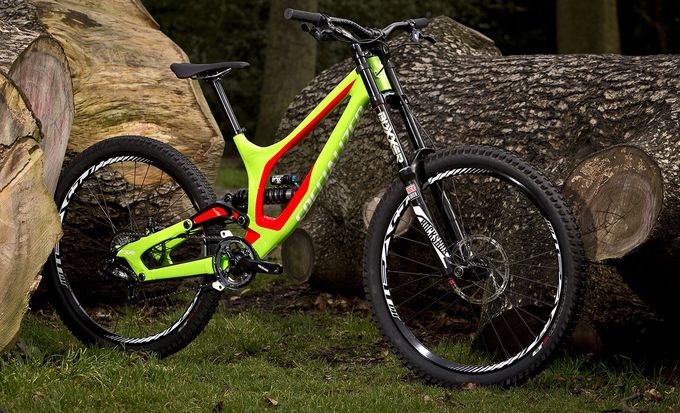
Carbon
It used to be that carbon fibre bikes were exotic, high cost items with a reputation for snapping, but things have changed. Carbon technology has been refined so that durability is less of a factor and the price is also rapidly falling (although on average you will still probably have to pay more for carbon).
Carbon can be moulded into more interesting shapes than aluminium so if you see a frame with an exotic silhouette it’s likely to be carbon, not aluminium. It’s also hard to strictly define the properties of carbon because the way the carbon fibres are woven give different characteristics.

One thing you should avoid is counterfeit carbon components that are not made to industry standards. Always buy from a legitimate source and if you find yourself looking at a bit of carbon kit on the internet that seems too cheap to be true it may be worth leaving it, we’ve heard too many horror stories of poorly built fakes causing real harm.




